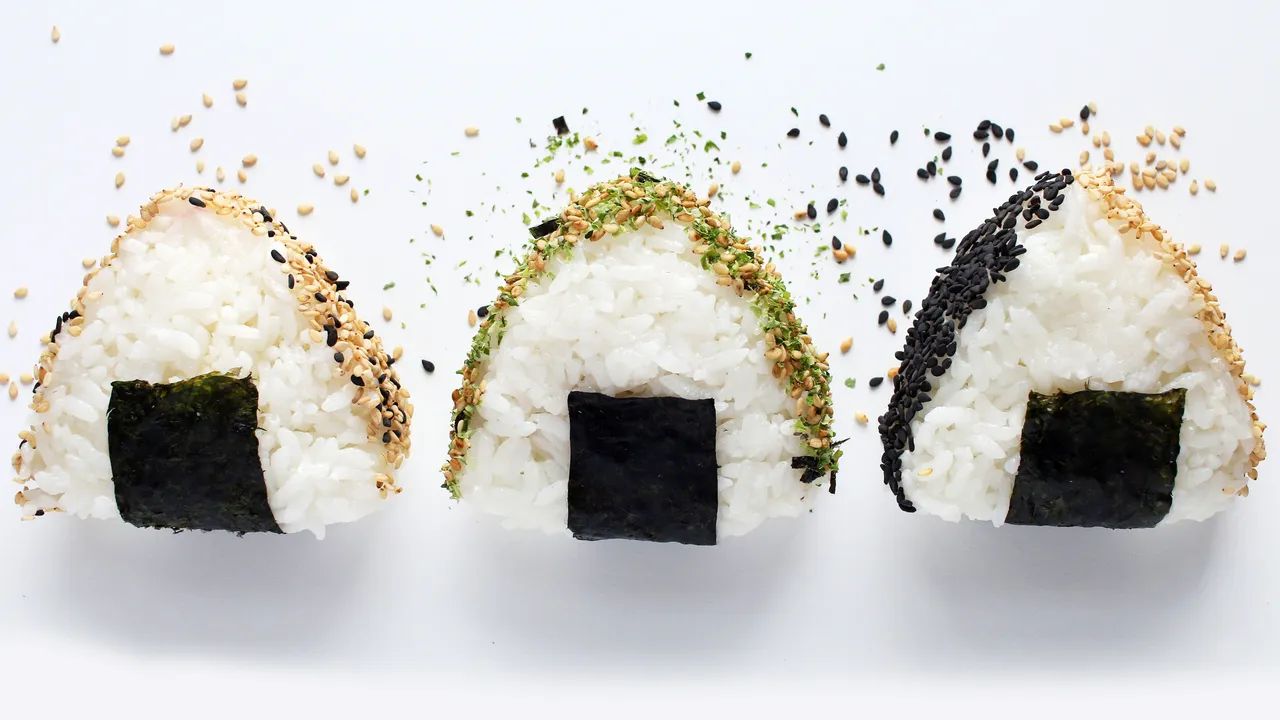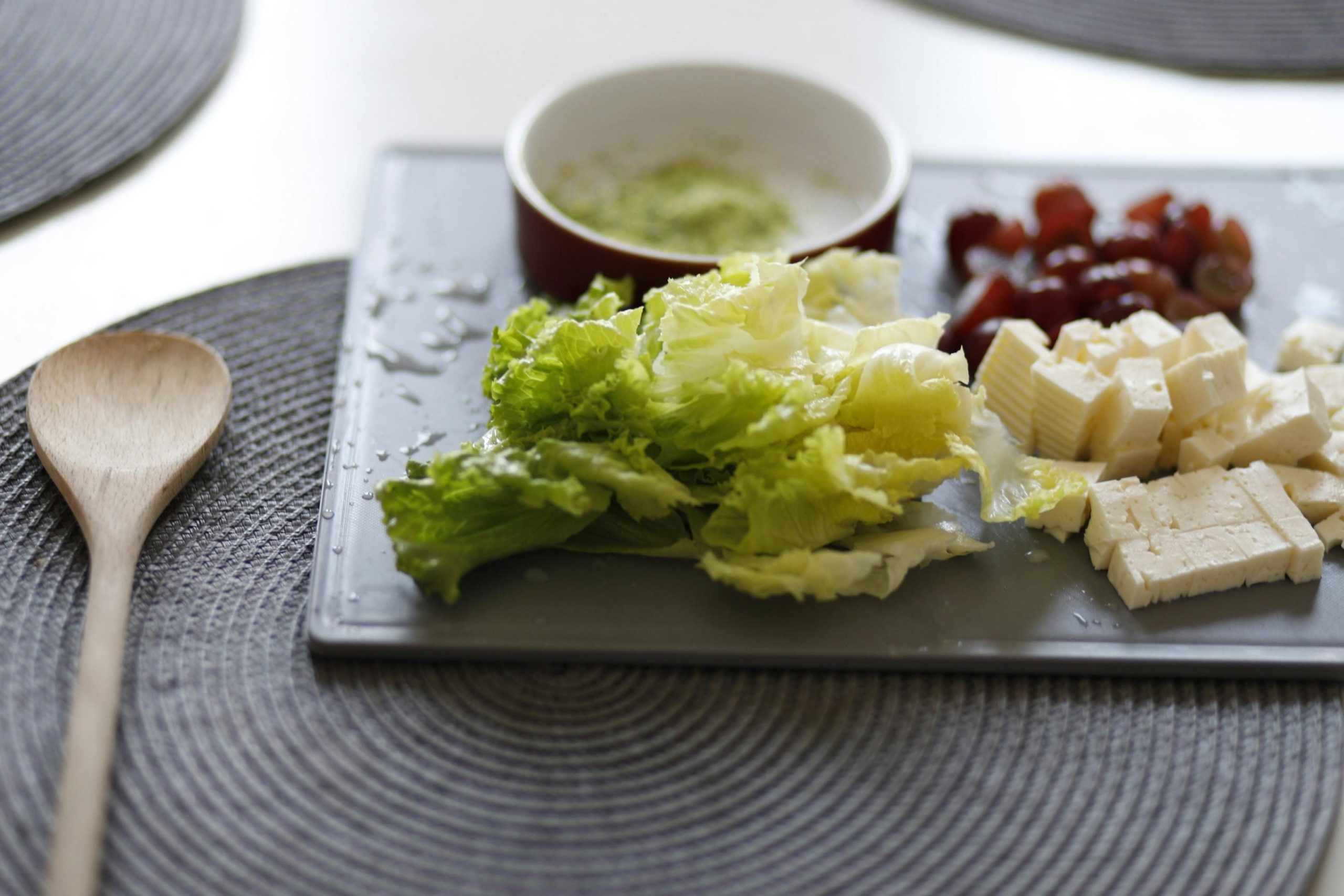Ever wondered how to bring a taste of Japan into your kitchen effortlessly?
Finding a simple yet delicious snack that satisfies can often feel like a culinary challenge.
Tuna mayo onigiri, a classic Japanese rice ball, combines the savory flavors of canned tuna and creamy mayonnaise wrapped in a seaweed sheet, making it a perfect quick bite or a delightful addition to any meal.
This guide will walk you through the steps to create your own tuna mayo onigiri at home, explore essential ingredients, offer expert tips, and suggest creative variations to personalize your onigiri experience.
Discovering Tuna Mayo Onigiri: A Japanese Classic

Tuna mayo onigiri, a beloved staple in Japanese cuisine, is essentially a rice ball (onigiri) with a filling of tuna mixed with mayonnaise. This simple yet delicious snack has its roots deeply embedded in Japan’s culinary history. Originally, onigiri served as a way to preserve and transport rice, but over time, innovative fillings like tuna mayo transformed them into a favorite snack enjoyed not just in Japan but around the world. The combination of creamy mayonnaise and savory tuna wrapped in a seaweed sheet captures a perfect balance of flavors that appeal to a wide range of palates.
The popularity of tuna mayo onigiri soared in the 1980s when convenience stores began stocking them, making this tasty treat accessible to everyone at any time. Here’s why people love tuna mayo onigiri:
- Convenience: Easy to eat on the go, making it perfect for busy lifestyles.
- Flavorful: The mix of tuna and mayonnaise offers a rich, umami taste that is both satisfying and comforting.
- Versatile: It serves as a quick snack, a light meal, or even a delightful side dish. Whether you’re at home or traveling, tuna mayo onigiri provides a delicious and convenient option for any meal situation.
Step-by-Step Recipe for Homemade Tuna Mayo Onigiri
Making your own tuna mayo onigiri at home is a delightful and simple process that brings a piece of Japanese culinary tradition into your kitchen. Start by preparing your sushi rice, which is the backbone of any onigiri. Ensure the rice is washed and drained well before cooking to achieve the perfect stickiness. The rice should be cooked and then slightly cooled so it’s warm to the touch, which makes it easier to shape without burning your hands.
Once your rice is ready, the next step is to prepare the tuna mayo mixture. Mix well-drained canned tuna with Japanese mayonnaise to create a creamy, rich filling. This mixture should be flavorful but not overpowering, as it needs to complement the subtle taste of the sushi rice. For assembling the onigiri, place a portion of rice in your hand, make a small indent, and spoon in some tuna mixture. Then, mold the rice around the filling into a triangular shape, traditionally done by hand, or you can use plastic wrap to help shape it if desired.
Essential Ingredients for Your Tuna Mayo Onigiri
To create authentic tuna mayo onigiri, you’ll need a few key ingredients that are essential for capturing the traditional flavor and texture. The primary ingredients include:
- Japanese short-grain rice (also known as sushi rice), which is crucial for its sticky consistency.
- Canned tuna, preferably in oil for richer flavor, thoroughly drained.
- Japanese mayonnaise, which is creamier and slightly tangier than Western varieties.
- Nori seaweed sheets, to wrap around the onigiri for that distinct umami flavor.
- Salt and water, for seasoning and shaping the rice.
Expert Tips for Flawless Tuna Mayo Onigiri
Achieving flawless tuna mayo onigiri involves some simple yet crucial tips. First, ensure your rice is cooked to the right texture; it should be sticky enough to hold together but not mushy. Use a rice cooker or a pot with a tight-fitting lid to achieve the best results. Secondly, balance the mayo-to-tuna ratio in your filling; too much mayonnaise can overpower the delicate flavor of the tuna.
When shaping your onigiri, keep your hands wet to prevent sticking and to achieve a smooth surface on the rice balls. Gently but firmly press the rice into shape, ensuring the filling stays centered. If you’re using nori sheets, wrap them around the lower part of the triangle for easy handling and a classic look. Lastly, enjoy your onigiri while they’re fresh, as the texture and flavor are best shortly after making them.
Creative Variations of Tuna Mayo Onigiri
For those looking to spice up their tuna mayo onigiri, consider adding sriracha or a sprinkle of sesame seeds to the filling for an extra kick. These small additions can transform the traditional flavor profile into something new and exciting. Another popular variant is the spicy tuna mayo onigiri, which blends the creamy texture of mayonnaise with the zest of sriracha sauce, providing a delicious contrast to the subtle sweetness of the rice.
If you’re feeling adventurous, why not try incorporating pickled plum (umeboshi) into your tuna mayo onigiri? The tartness of the plum complements the richness of the tuna mayo beautifully, offering a uniquely Japanese taste experience. For those who prefer a less spicy option, simply mixing in chopped green onions or a dash of soy sauce can enhance the umami flavor without adding heat, making each bite of your onigiri rice ball a delightful journey of tastes.
Serving Ideas for Tuna Mayo Onigiri

Tuna mayo onigiri is not only a delightful snack but also versatile enough to be served in various settings. Whether you’re looking for a quick midday snack, a unique addition to a party platter, or a convenient lunch option, these rice balls are perfect. – As a snack, pair them with green tea or a light soup for a filling and nutritious option. – In a meal, complement them with other Japanese dishes like miso soup, tempura, or a seaweed salad to create a balanced and flavorful experience. – For lunch on the go, wrap them in nori seaweed the day of eating to keep the rice from drying out, and pack alongside pickled vegetables for a refreshing and satisfying portable meal.
How to Store Tuna Mayo Onigiri Properly
To ensure your tuna mayo onigiri remains fresh and tasty, proper storage is key. If you’re planning to eat them within a few hours, keep the onigiri at room temperature in a dark, cool place. For longer storage, wrap each onigiri tightly in plastic wrap to maintain moisture and place them in the refrigerator. Remember, the freshness of onigiri, especially with a mayo-based filling like tuna mayo, is best when consumed within the same day of preparation. Here are some tips: – Keep them cool: Store in a cool, dark area or refrigerate if not consuming immediately. – Wrap tightly: Use plastic wrap to seal in moisture and freshness. – Consume quickly: Enjoy your onigiri on the day they are made to experience the best flavor and texture.
Mastering the Shape of Tuna Mayo Onigiri

When shaping tuna mayo onigiri, achieving the iconic triangle shape can be a delightful challenge. Begin by wetting your hands to prevent sticking, then grab a portion of the prepared sushi rice. Flatten it slightly, place a spoonful of the tuna mayo mixture in the center, and gently fold the rice over to cover the filling. Now, using both hands, start molding the rice into a triangle by pressing the edges while rotating it in your palms.
For those preferring a more uniform and hassle-free method, utilizing an onigiri mold can be a game-changer. Simply fill the mold halfway with rice, add your tuna mayo, then top off with more rice. Press firmly using the lid of the mold to compact everything together. This technique not only simplifies the process but also ensures each onigiri is perfectly shaped, making them as pleasing to the eye as they are to the palate.
The Advantages of Using a Mold for Tuna Mayo Onigiri
Using a mold for making tuna mayo onigiri offers several advantages that can enhance both the appearance and the preparation process. Uniformity is one of the key benefits; each onigiri will be perfectly shaped, which is especially appealing when serving guests or for special occasions. The use of a mold also simplifies the process, making it less messy and more efficient, particularly for beginners or when making large batches. Here’s how a mold can make a difference:
- Consistent size and shape: Every onigiri comes out the same, which is great for presentation.
- Ease of use: Just fill, press, and release—no skills required.
- Time-saving: Streamlines the process, allowing you to make more onigiri in less time.
From Onigiri to Culinary Adventures: Discover INDULGE‘s Tours
Making tuna mayo onigiri at home is just the beginning of your culinary journey. If you’re intrigued by the idea of exploring more diverse and rich food traditions, consider taking it a step further with INDULGE‘s curated food tours in Zurich. These tours are designed to immerse participants in both local Swiss cuisine and international flavors, offering a more hands-on approach to understanding the culinary arts.
During these tours, you’ll have the unique opportunity to:
- Taste traditional Swiss dishes and learn about their origins
- Experience international cuisines right in the heart of Zurich
- Enjoy guided sessions with local chefs and culinary experts
This makes INDULGE‘s tours not just a learning experience, but a full sensory adventure into the world of gastronomy.
Frequently Asked Questions
How long does tuna mayo onigiri last?
Tuna mayo onigiri is best enjoyed on the day they are made to experience the best flavor and texture. If you need to store them, wrap each onigiri tightly in plastic wrap and keep them in the refrigerator. However, remember to consume them within a few hours to maintain freshness, especially since they contain a mayo-based filling.
What is the filling in onigiri?
In the context of tuna mayo onigiri, the filling is a mixture of well-drained canned tuna and Japanese mayonnaise, which provides a creamy and rich flavor complementing the subtle taste of the sushi rice.








